How avant-garde artists have embraced gardens
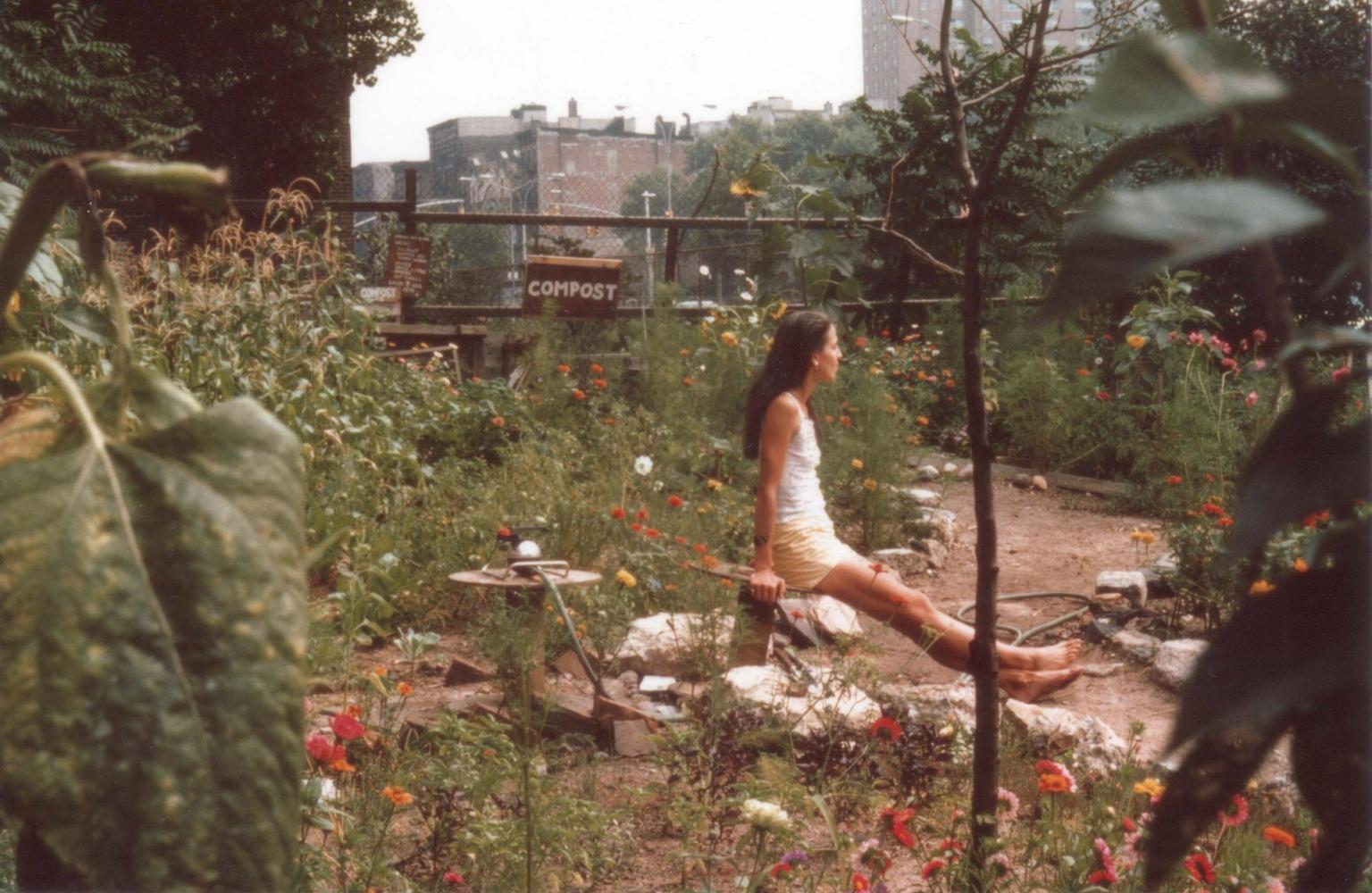
As living constructions, created with care and purpose by humans and plants, gardens can tell complex and intimate histories; over the centuries, artists have used them in increasingly radical ways.
A version of this article first appeared in the summer 2024 issue of Art Quarterly, the magazine of Art Fund.
We left early one drizzly morning in late May 2004. It was Maria’s wish to travel to Dungeness. I was studying art history; she was studying film. Derek Jarman blazed brightly in our thoughts, one star illuminating two creative horizons.
A dozy train ride and a couple of buses later – gorgeously bleak – Dungeness welcomed us with a plumbeous sky and blustery winds. The local bus driver dropped us by the old pub at the edge of the beach and told us to walk towards the sea. Occasionally punctuated by the sporadic bursts of bright daisies and scarlet poppies, a flat desert of pebbles and shingles stretched all around us. Twinkly red and green lights – the towering nuclear power plant loomed large in the distance. Invisible but ubiquitous, like radioactivity, its ominous droning music permeated the salty air.
Finally, the most famous cottage in the history of art appeared. Small, neat, impossibly stern and unforgivingly sharp – the austerity of its black silhouette bolstered by the garish yellow of the window frames. Something about it was so terribly fierce. Haphazardly scattered weeds, daisies, succulents and roses couldn’t give a damn about our excitement for the queer icon we worshipped. Strewn with sea-worn wood, rusted metals, stones, and glass fragments, the rawness of Jarman’s garden captured the artist’s absence in a manner unlike any of his other creations.
We looked and looked. We only took a few pictures from afar, concerned that Keith Collins – Jarman’s close companion until his Aids-related death in 1994 – might be in. We wondered what it would be like to inhabit the memory of a loved one, wrapped in silence at the edge of the sea, gone and yet still vividly present in the leaves and buds. The weight of our stare made us uneasy: the curious eyes of strangers; pilgrims in search of the divine, mesmerised by relics. Intruders despite never crossing the garden’s borders. We walked away and turned a few times. The black cottage looked like a hole punched in the sky – a portal to another place and time.
Prospect Cottage, the garden and Jarman’s Dungeness archive were secured for the nation following a major public campaign led by Art Fund in 2020. It is unequivocally art. Not simply because it was created by an artist but because its purpose is not to please or comfort. Its rawness is Existentialist. It speaks of the tragic beauty of life, hardship, resilience, endurance and truth.
Gardens can be comforting, unsettling, joyous, or even intimidating. They can be many things at once: spaces of rest, sustenance, play and remembrance. Their apparent naturalness inevitably belies deep ideological roots. Even the most innocent-looking of gardens is the result of specific tastes and choices that often unwittingly emerge from colonial cultural matrices as well as local traditions or personal histories. Gardens are always steeped in narrative. Their silence always tells stories about us, plants and the land.
Sometimes gardens are burdened with the impossible task of representing the whole world. At other times, they reflect a person’s soul. But, unlike most portraits or self-portraits, gardens are never still. They elude the desire to freeze and preserve. As such, from an artistic perspective, gardens are not akin to landscape paintings, as many art historians have often simplistically claimed. They are much more intimately related to installation and performance art. Ultimately, it is not the colours of the foliage and flowers that qualify gardens as art in a contemporary sense.
It is not the composition of bucolic scenes, and neither is it the imperturbable serenity of Monet’s waterlilies, elevating plants into gorgeous icons. The aesthetic pleasure we experience upon looking at a garden is not of a painterly kind. At least, not any more.
During the Renaissance and for a few centuries thereafter, in the West, gardens were an aristocratic status symbol. The nobles demonstrated their authority and power by perfecting and domesticating the boundless exuberance of nature. Flower beds, lawns and paths – the idealised nature of the garden served to reassure and comfort those who could afford to extricate themselves from the trials and tribulations of lowly everyday life.
But since the 19th century, when the Industrial Revolution profoundly changed how humans interacted with nature, our connection with gardens has become even more intricate. Over time, they have also slowly become miniature worlds in which we play out our desires, fears, anxieties and dreams. Negotiations, eradications, fostering and pruning – gardens are about controlling and letting go, writing and erasing, growing and decaying, fullness and loss. They are fundamentally curated spaces of encounter, places for collective growth, and indispensable sites for nurturing hope.
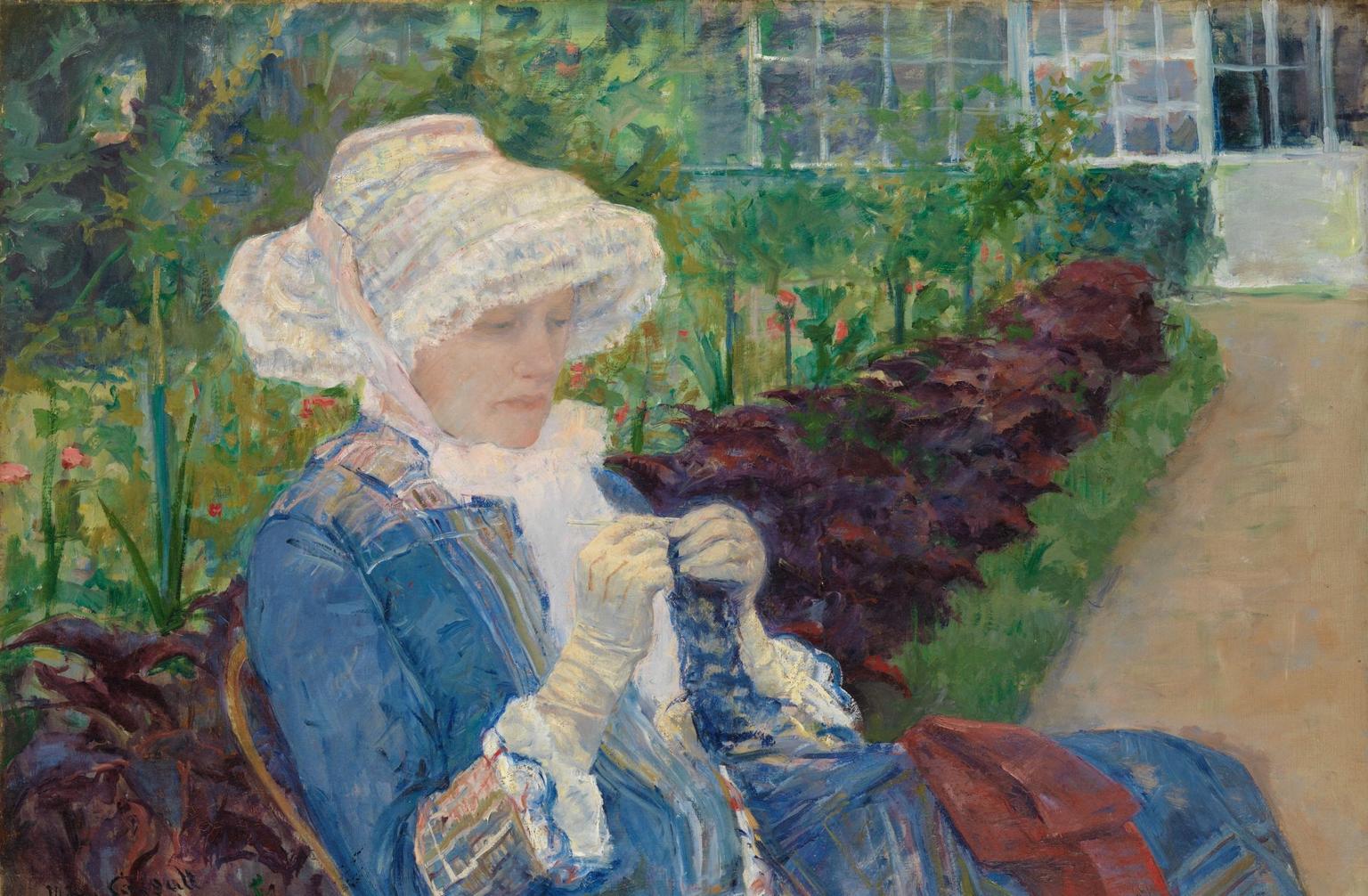
The latent political charge of late-19th-century gardens became apparent in the artistic sphere through the work of artists such as Berthe Morisot (1841-95) and Mary Cassatt (1844-1926). Unlike Claude Monet, Pierre-Auguste Renoir and Camille Pissarro, women Impressionist pioneers could not walk the streets of Paris undisturbed, never mind setting an easel to paint away for hours.
Morisot and Cassatt used their gardens to escape the patriarchal society that repressed and excluded women, as well as to explore the Impressionists’ concerns with light and colour. Deep down, theirs are proto-feminist gardens, gardens of resistance and resilience – spaces where emancipation could be cultivated.
In the late-19th and early-20th centuries, the Arts and Crafts movement, which emphasised traditional craftsmanship and natural motifs, influenced garden design. The aesthetic movement that eschewed symmetrical, formal Italian gardens in favour of a more naturalistic and romantic approach found expression in the garden design of Virginia Woolf’s Monk’s House in Sussex, the writer’s country residence from 1919 to 1941 (now managed by the National Trust).
Woolf and her husband, Leonard, were both avid gardeners. They spent considerable time and effort transforming the garden into a space that reflected their aesthetic sensibilities and philosophical beliefs. It thus became a symbol of feminist resistance and empowerment in Woolf’s writings.
This is particularly evident in the novel Mrs Dalloway, in which the protagonist, Clarissa, finds comfort and peace in her garden. A physical representation of the internal, psychological landscape, at times, as is also the case in To the Lighthouse, Woolf’s gardens serve as a metaphor for the mind, a metaphorical and actual place where women can cultivate their own thoughts and express their creativity in a safe space.
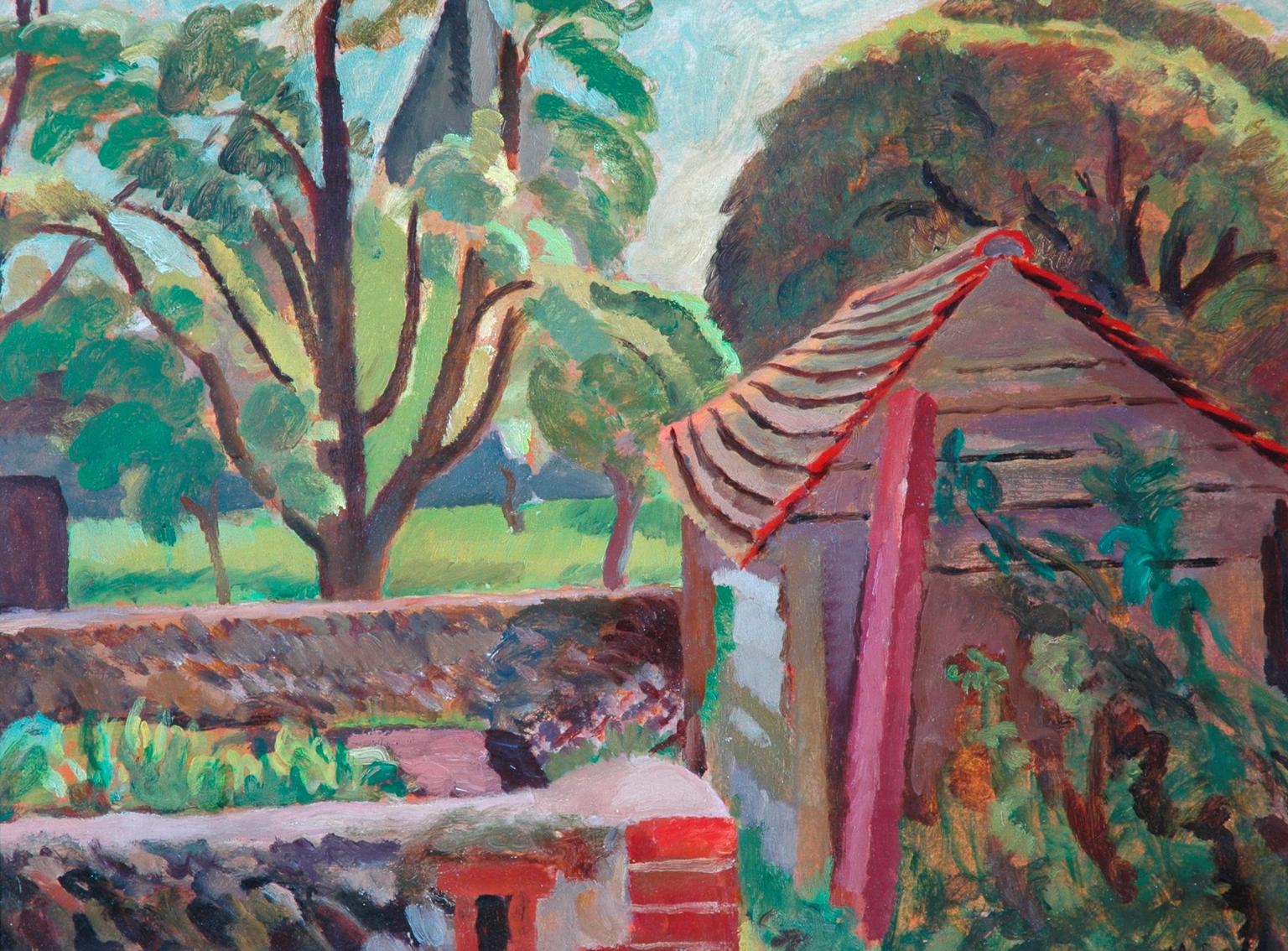
Artist Frida Kahlo’s garden, now part of the Frida Kahlo Museum in Mexico City (formerly the artist’s family home) also became her sanctuary. After a bus accident in 1925, at the age of 18, Kahlo was left with lifelong health complications, including chronic pain and limited mobility. The vibrant colours, diverse textures and the overall vitality provided her with a source of inspiration and solace during her most challenging times.
The garden was not just a source of artistic inspiration, but also a practical space tailored to her needs with paths wide enough for her wheelchair and seating areas where she could rest. Kahlo’s physical condition and her garden were also intimately connected to her artwork. Thorns, roots and certain flowers allowed her to express physical pain, emotional distress and resilience in innovative and deeply personal ways.
But it is more recently that gardens have emerged as works of art in their own right. In the 1960s, after the Second World War, as urbanisation seemingly uncontrollably sprawled across many parts of the world, the idea that gardens should do more than reflect our aesthetic and cultural preferences began to take hold. In the US, Land artist Alan Sonfist’s Time Landscape (1965-78) started out as an abandoned lot in the heart of New York City before the artist regenerated it as a fragment of native forest. Today, an urban garden amidst a concrete jungle, it stands as a monument to the resilience of plants and Indigenous peoples in the face of colonial ecological devastation.
A pivotal moment in the idea of modern ‘guerrilla gardening’ – planting without official permission on sites often abandoned or disused – as an art practice came in 1973 as New York-based artist Liz Christy became deeply concerned with the trash-strewn vacant lots in the Bowery area of Manhattan. Without consulting the city for approval, Christy transformed these urban wastelands into gardens as a means of instilling ownership, pride and community spirit among the local residents.
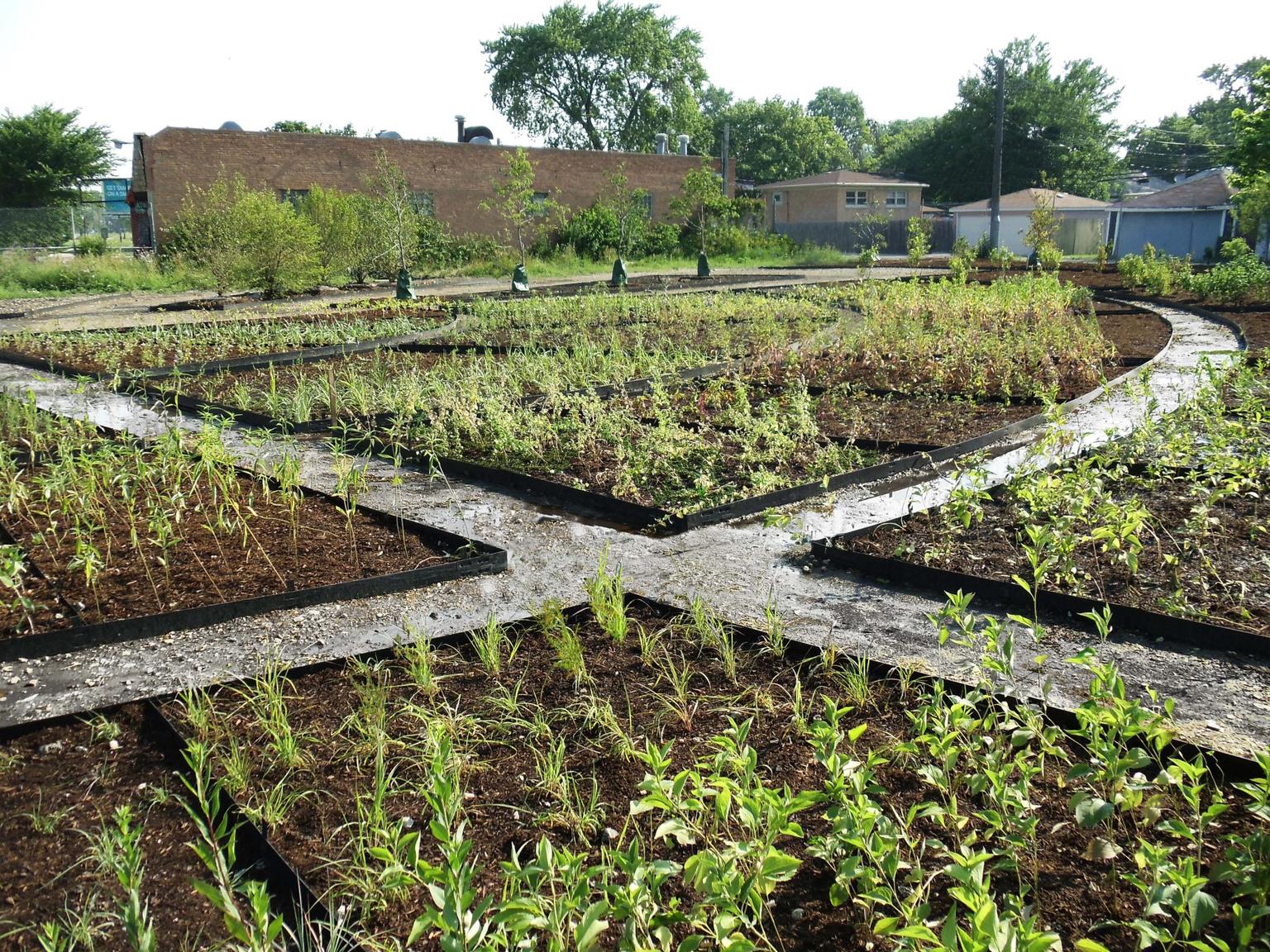
These early examples have inspired later generations of artists to reclaim urban gardens as a meaningful expression of commitment to more sustainable futures. Today, an increasing number of artist-gardeners plan their green living artworks from the roots up. American artist Mel Chin’s original Revival Field (1991), an experimental, circular garden filled with grasses and other plants, created in collaboration with research scientists, in a landfill site in Minnesota, was designed to assess the efficacy of some species in absorbing toxins from polluted soil.
In a similar vein, Frances Whitehead’s Slow Cleanup project, which ran between 2008 and 2012 in Chicago, enlisted the help of plants to regenerate the degraded soil surrounding abandoned petrol stations. Rather than simply providing recreational spaces for disadvantaged communities, Whitehead’s new urban gardens invited locals to learn about plants and ecology, instilling a sense of ownership and empowerment.
In the UK, groups such as the artist collective Avant-Gardening, led by Polly Brannan and project manager Paul Green, work creatively with communities in urban spaces with similar aims.
But the most recent philosophical turn in artist gardens amounts to much more than highly needed and urgent regeneration processes. Mindful and engaged approaches designed to sustain ecosystems also invite us to renegotiate mindfulness and empathy as much as engage with historical complexities and their legacies.
In 2022, over the span of 18 months, Precious Okoyomon installed and tended a highly diverse rooftop garden at the Aspen Art Museum in Colorado. Freely including invasive as well as native species, the artist invited viewers to consider the inescapable paradoxes of a world that has been radically shaped by the atrocities and exploitations of colonialism. Okoyomon’s garden, called Every Earthly Morning the Sky’s Light Touches Ur Life is Unprecedented in its Beauty, is a unique blend of poetry, performance and installation.
The space isn’t simply a static display for aesthetic contemplation, but a living, ever-evolving multispecies organism that reflects Okoyomon’s belief in the transformative power of nature. The artist has inscribed poems on rocks, embedding them in the soil, or reciting them during live performances.
Her garden has shifted the emphasis on to process and change as defining forces we must embrace in order to better grasp and negotiate the complexities of histories that still define our present, reflecting the impermanence and precarity as well as utter beauty of life as it relentlessly unfolds.
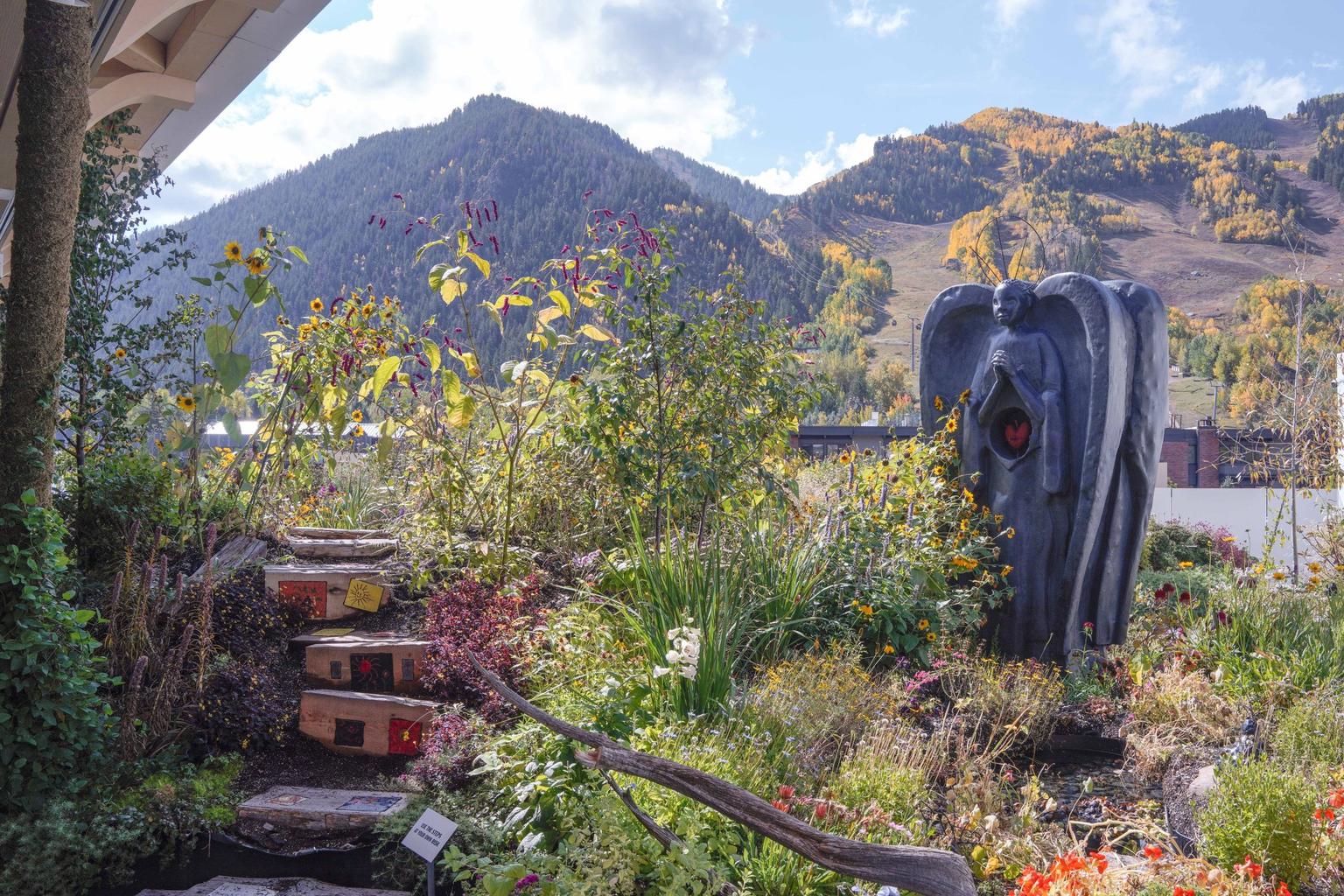
Above and below ground, today’s more radical artist-gardeners are forever changing our conceptions of gardening beyond the realm of horticulture. No longer inviting us to build idyllic retreats from the hustle and bustle of city living, these artists, among many others, are determined to unearth the true potential of gardening as a thoroughly alive, critical and radical practice.
Driven by their genuine passion for vegetal life and the notion that plants nurture and sustain all life on this planet, artists are turning what was once a symbol of privilege into a field of conceptual intensities in which we can still find peace and hope as we face the many challenges and unbalances of contemporary life.
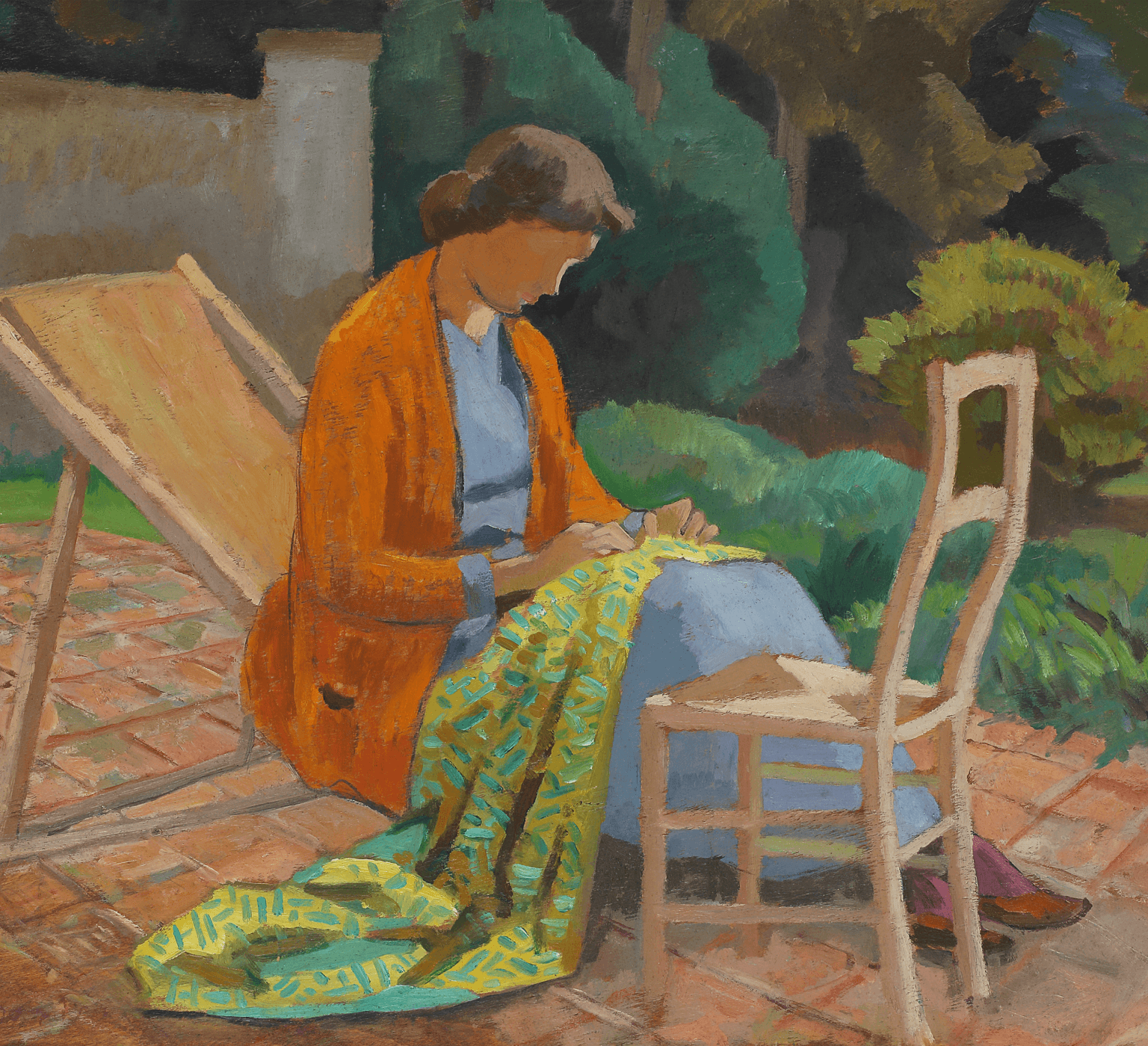
Visiting list
Prospect Cottage, Dungeness, 50% off entry with National Art Pass (booking essential)
‘Landscape and Imagination: From Gardens to Land Art’, Compton Verney, Stratford-upon-Avon to 16 June, 50% off with National Art Pass
’Two Masterpieces by Jan van Huysum’, Strawberry Hill House & Garden, Twickenham to 8 September, free entry with National Art Pass
‘Gardening Bohemia: Bloomsbury Women Outdoors’, Garden Museum, London to 29 September, 50%off entry with National Art Pass
‘Botanical Illustrations from the Victoria and Albert Museum’, Barber Institute of Fine Arts, Birmingham 22 June to 22 September, free to all
‘Revealing Nature: The Art of Cedric Morris and Arthur Lett-Haines’, Gainsborough’s House, Sudbury 6 July to 3 November, free entry and 50% off exhibitions with National Art Pass
‘Siân Davey: The Garden’, Soho Photography Quarter (SPQ), The Photographers’ Gallery, London to 29 November, SPQ free to all, 40% off gallery exhibitions with National Art Pass
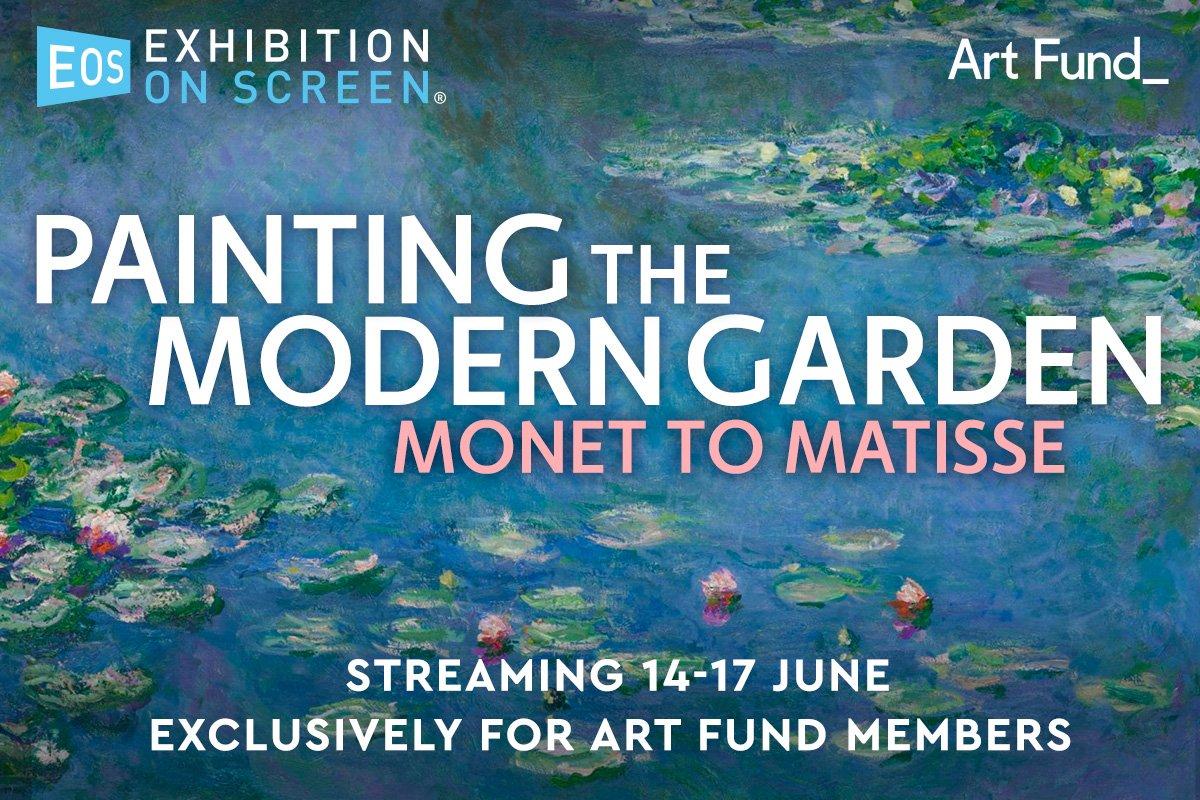
Online screening of Painting the Modern Garden: Monet to Matisse
Step into the gardens of some of the world’s best loved artists with an online screening of Exhibition on Screen’s Painting the Modern Garden: Monet to Matisse. Streaming exclusively for Art Fund members from 14-17 June.
Art historian and editor in chief of Antennae: The Journal of Nature in Visual Culture.